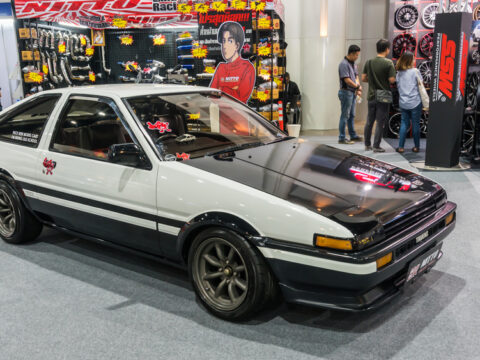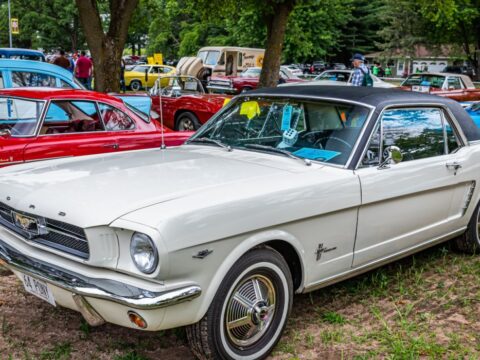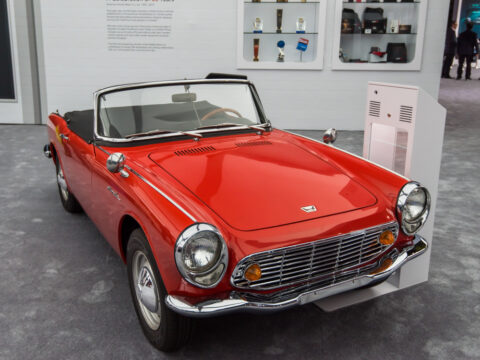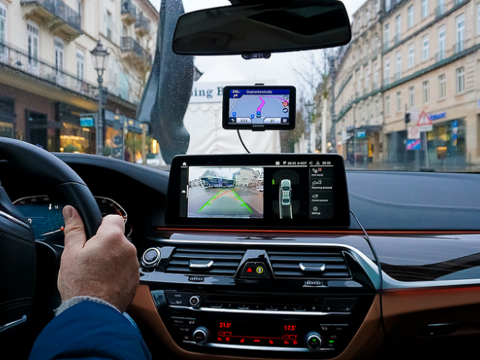In the ever-evolving world of electric vehicles, manufacturers strive to outdo one another with technological advancements, increased range, and, of course, eye-catching designs. However, the pursuit of aesthetic appeal doesn’t always hit the mark. From unconventional shapes to design elements that left us scratching our heads, we present a special collection of cars that may be great for the environment but not so great for the eyes.
Contents
Renault Twizy

As a micro urban car, the Renault Twizy falls into the ugly list for many due to its extremely compact size and unusual shape. It looks more like a golf cart than a traditional car, and while it might excel in tight city spaces, its design isn’t widely loved.
BMW i3
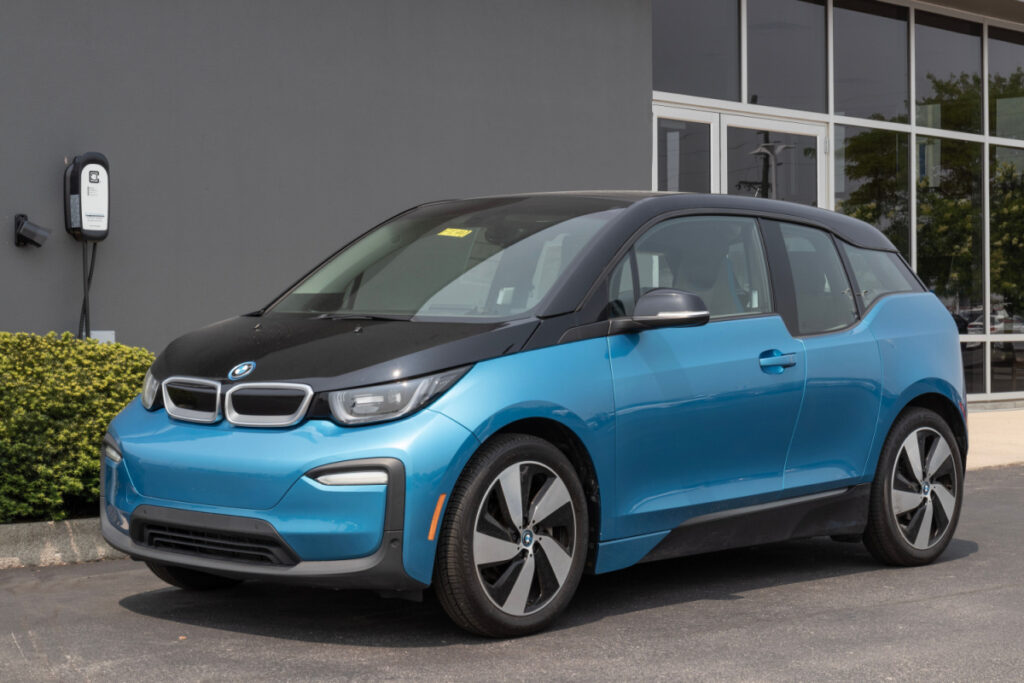
The BMW i3 has been criticized for its unusual design with tall proportions and short length. It’s a city car with excellent efficiency and a well-made interior. Still, many people find its exterior design polarizing due to its narrow tires, plastic body parts, and boxy silhouette.
Nissan Leaf

While the Nissan Leaf has made a name for itself as an affordable, practical electric vehicle, it often makes the ugly lists due to its bug-eyed headlamps and bulbous shape. The early versions, in particular, were seen as more focused on function over fashion, prioritizing aerodynamics over aesthetics.
Fiat 500e
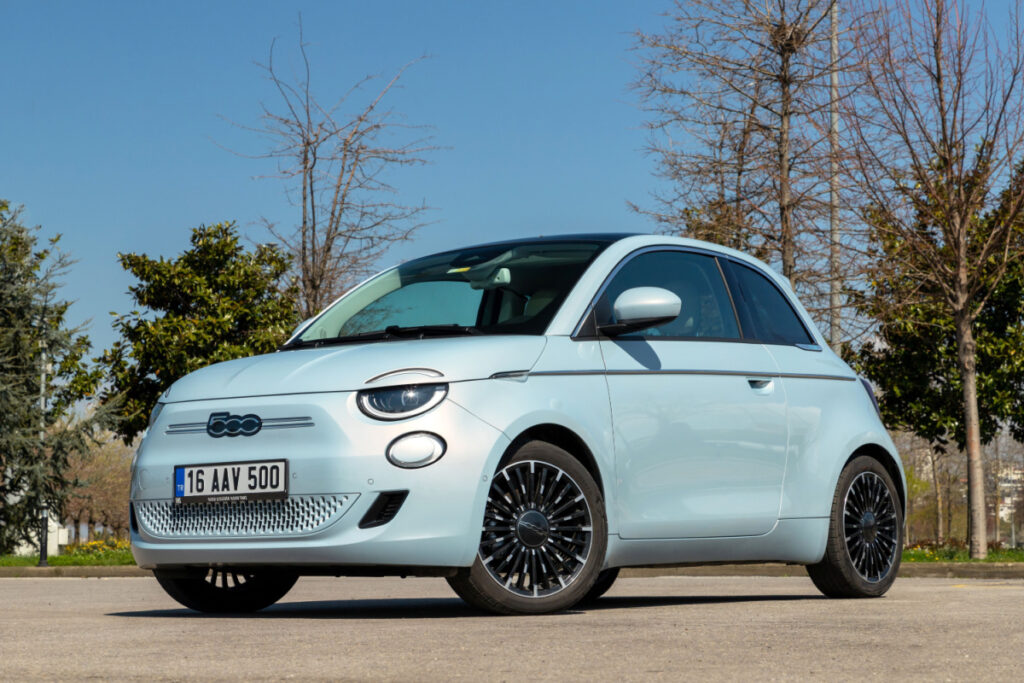
Although the combustion Fiat 500 has a charming, retro design, some think the electric 500e model falls short. The battery pack adds bulk, leading to a slightly raised and awkward stance. Furthermore, the unique dot-matrix style pattern on the front and back is often seen as an unattractive addition.
Chevrolet Bolt
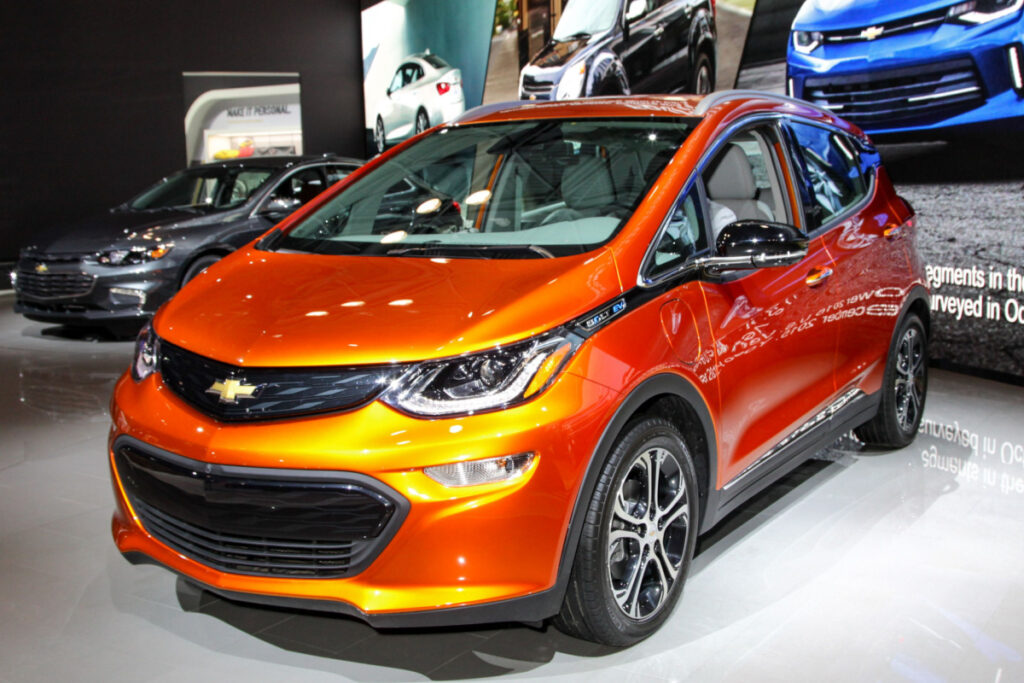
The Chevrolet Bolt is appreciated for its impressive electric range and affordability. However, its design has been labeled as bland and uninspired. Some people find it lacks a distinctive look, landing somewhere between a hatchback and a crossover without fully committing to either.
Mitsubishi i-MiEV
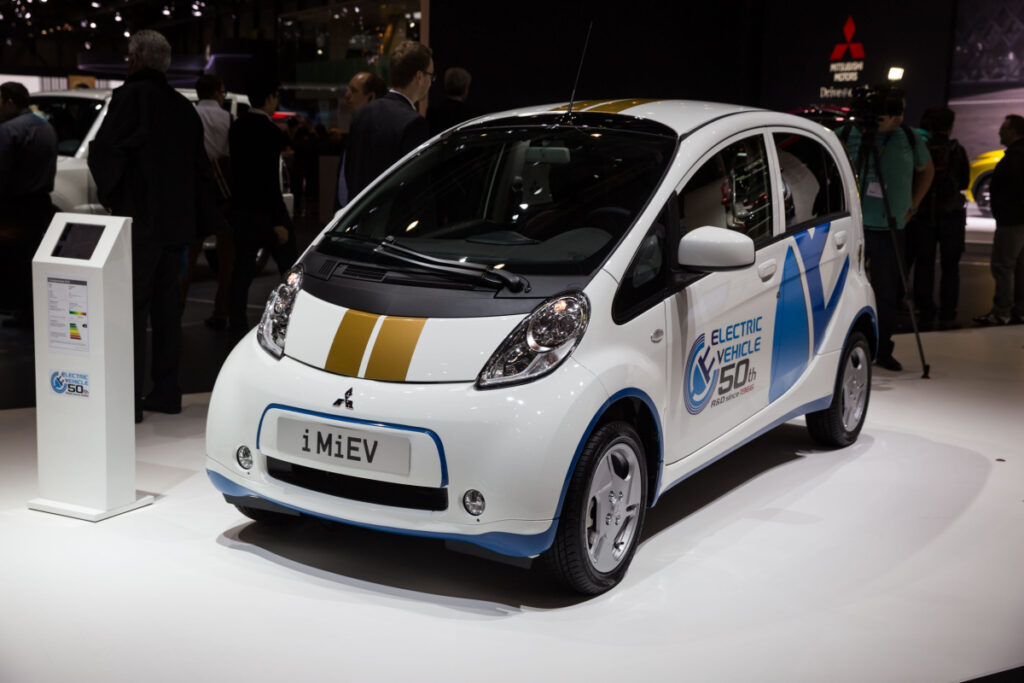
The Mitsubishi i-MiEV has often been called out for its almost comical proportions. It’s very short and tall, leading to an egg-shaped design that many find unattractive. Despite its adequate electric performance for city commuting, its exterior design has not been well-received.
Citroën Ami
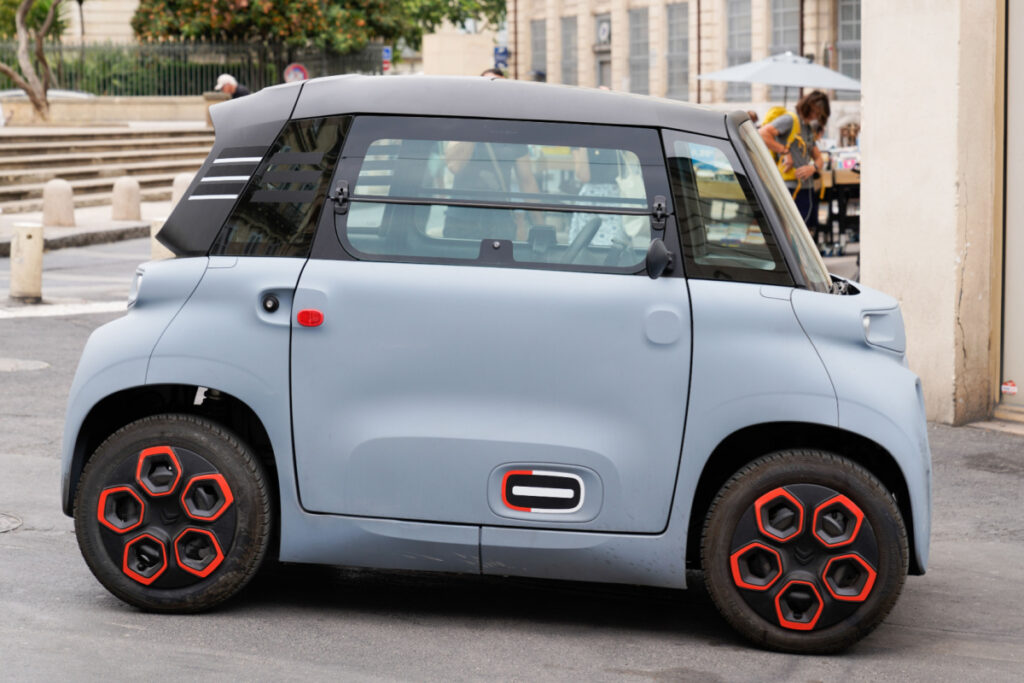
The Citroën Ami is a quirky French microcar that, like the Twizy, pushes the boundaries of what a car can be. It’s tiny, almost toy-like, with symmetrical front and back ends, plastic bodywork, and a minimalist interior. Some find its unconventional design charming, but others place it in the ‘ugly’ category.
Mahindra e2o

The Mahindra e2o, an Indian electric microcar, has a tall and narrow design that’s been widely criticized. Its proportions are somewhat awkward, and the small wheels add to the ungainly appearance. However, it’s a very affordable electric car, which makes it attractive to some buyers.
Smart EQ ForTwo
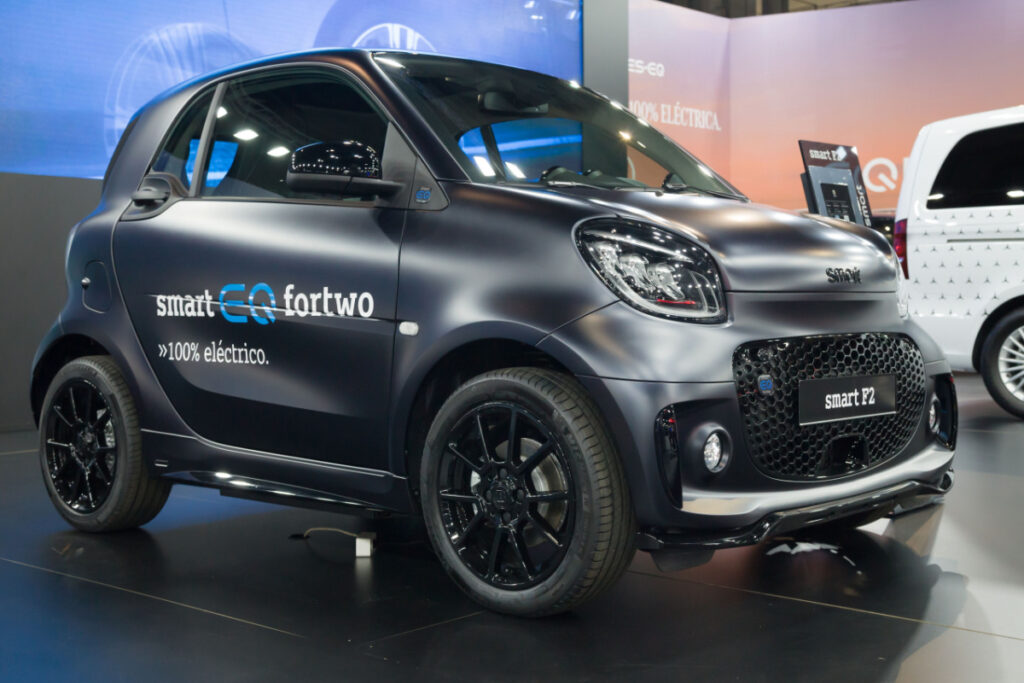
Despite its city-friendly size and efficient electric powertrain, the Smart EQ ForTwo’s design has been divisive. Its extremely compact, almost cube-like shape can be considered ugly, especially compared to more streamlined electric vehicles.
G-Wiz
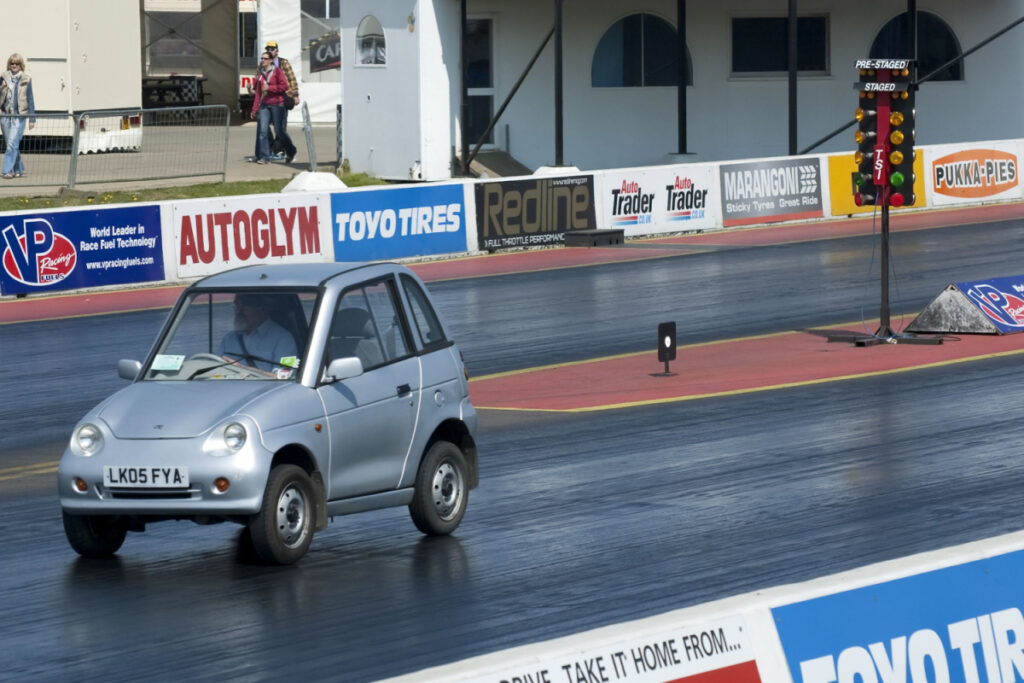
The G-Wiz is a micro electric car originally made by the Indian company Reva and sold in the UK. It has a notoriously boxy and small shape that many find unappealing. It’s been criticized for looking more like a toy than a roadworthy vehicle.
BMW iX
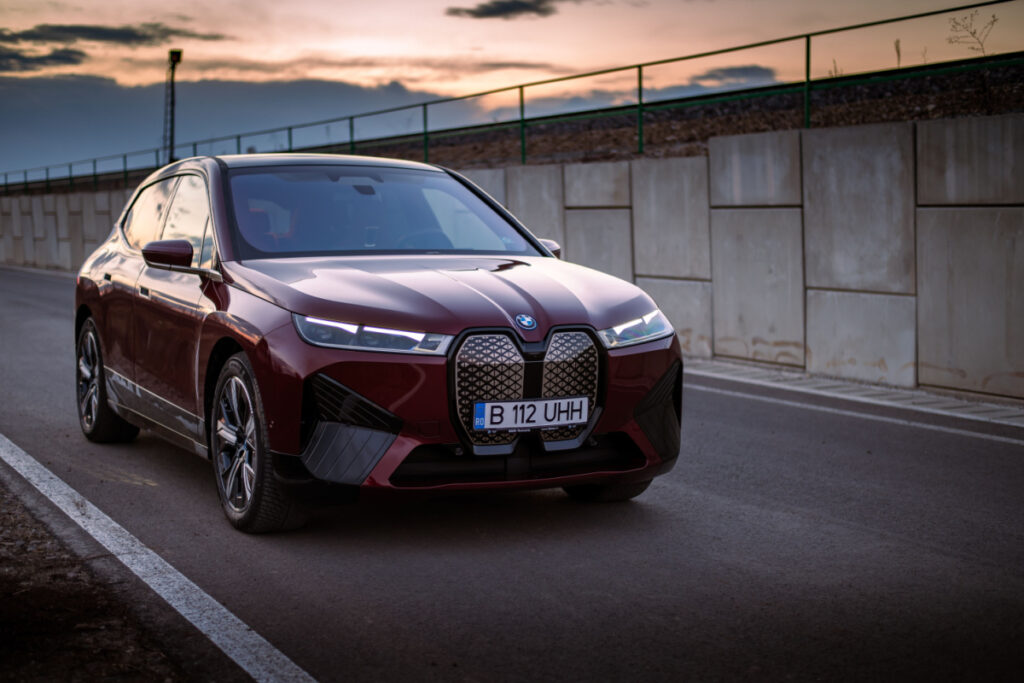
The iX is BMW’s high-tech electric SUV, but its design has received a mixed response. Its oversized, vertical kidney grille and angular lines have been controversial, with some people finding the grille especially unattractive due to its size and the fact that electric vehicles don’t need grilles for cooling.
Prius Prime
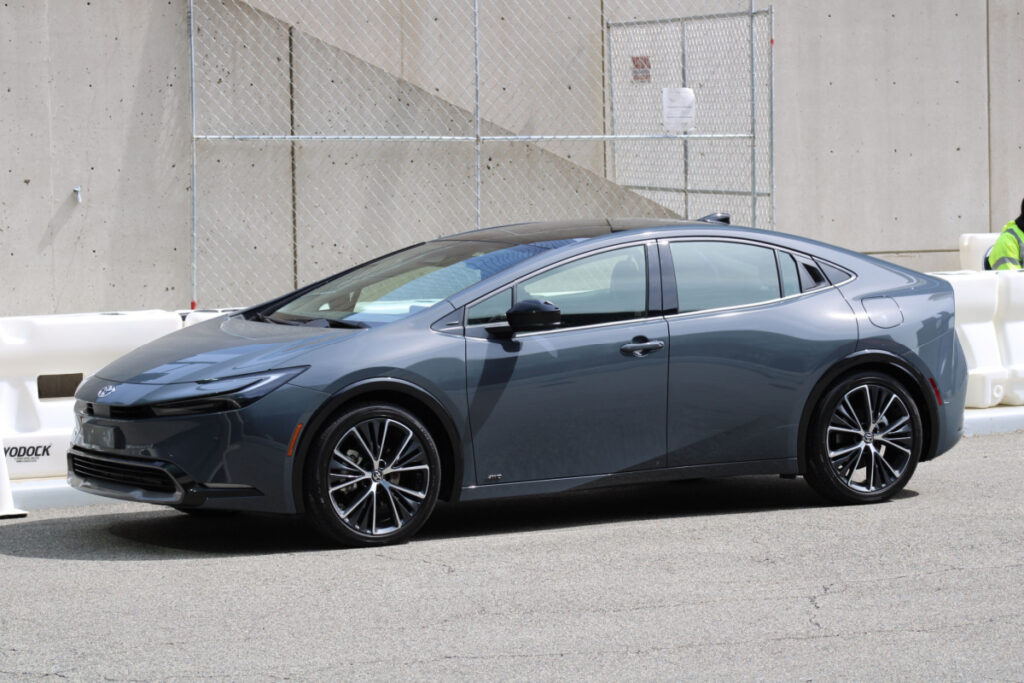
While the Prius line has long been praised for its hybrid technology, the design has also been a point of contention. The Prius Prime, with its unusual, almost alien-like front end and unique rear light strip, has been a target for those who consider it an ‘ugly’ electric car.
Bollinger B1

The Bollinger B1 is an all-electric SUV that looks more like a military vehicle than a passenger car. Its boxy, squared-off design is certainly different from the norm. While it’s been praised for its off-road capability and powerful electric motors, its utilitarian design isn’t to everyone’s taste.
Honda Clarity Electric
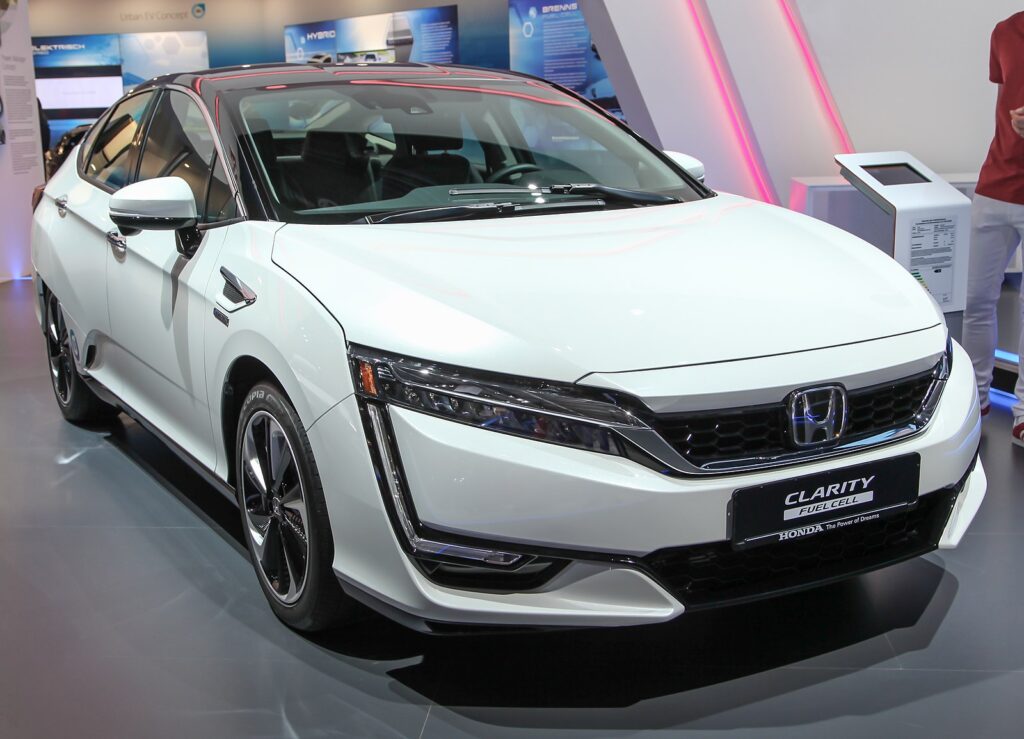
The Honda Clarity Electric is often criticized for its unconventional styling, which includes a somewhat awkward rear wheel cover that ostensibly improves aerodynamics but has been derided for making the vehicle look bulky and outdated. Customers have expressed mixed feelings about its overall appearance, appreciating the interior space and comfort but finding the exterior design less appealing. Despite its practical features like a spacious cabin and advanced safety technology, the Clarity struggles to win over those who prioritize aesthetics.
Toyota Mirai
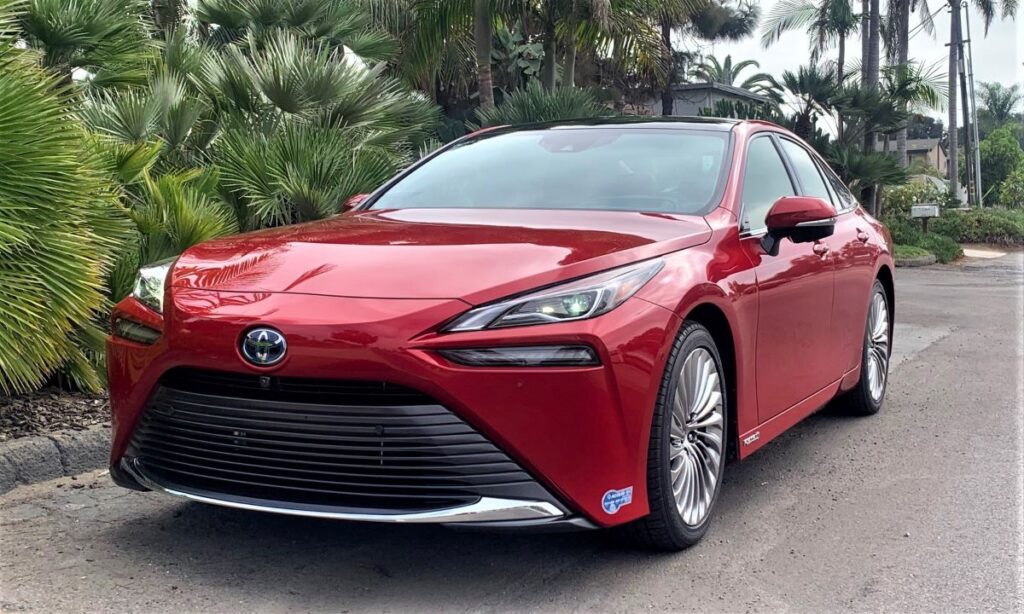
As one of the few hydrogen fuel cell vehicles available, the Toyota Mirai stands out for its technology but not necessarily for its design. The Mirai’s front end features large air intakes that are functional but create a somewhat aggressive and disjointed appearance. Feedback from customers often points to the car’s futuristic interior and eco-friendly technology as highlights, while the exterior design is frequently seen as overly busy and less cohesive, particularly compared to more streamlined rivals.
Faraday Future FF91
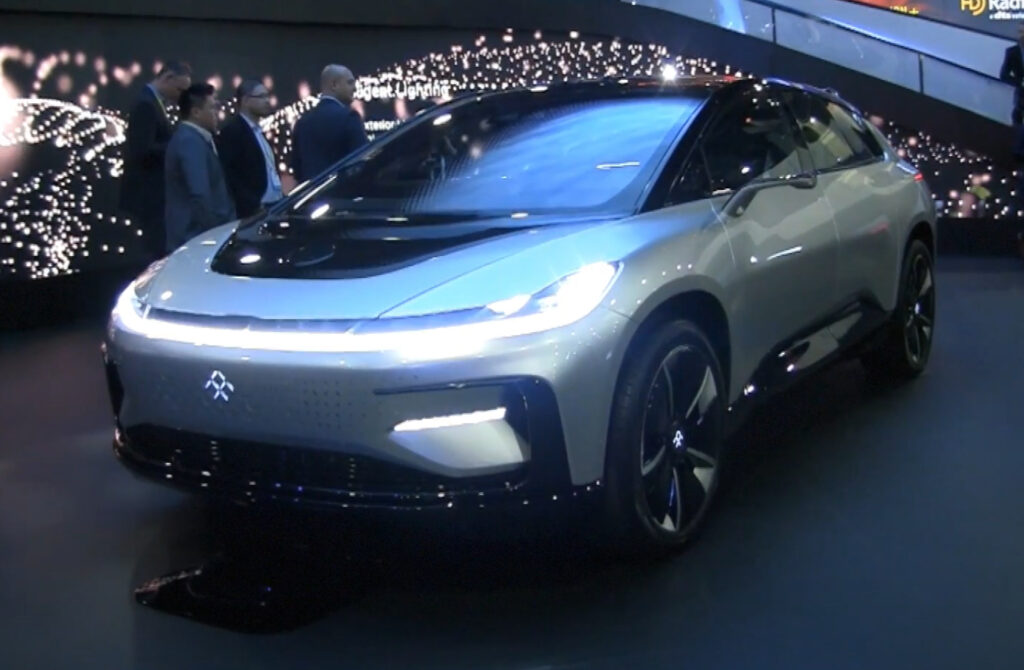
The Faraday Future FF91 is an electric vehicle that has been criticized for its bulky shape and somewhat haphazard design elements, which include an unusually heavy and blocky appearance. Despite boasting impressive technology credentials like record-setting acceleration times and autonomous capabilities, the FF91’s design has not been warmly received. Potential buyers and critics alike have noted that its design does not reflect its cutting-edge technology, often describing it as lacking the refinement expected at its luxury price point.
Sono Sion
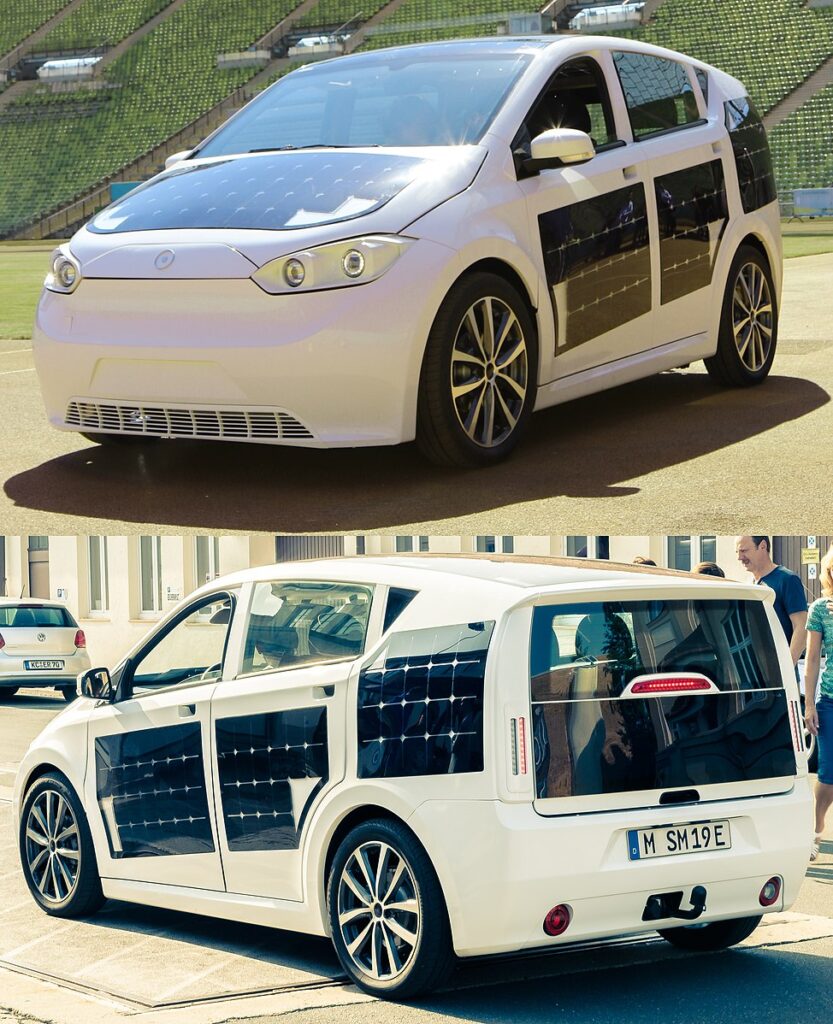
The Sono Sion is an innovative solar electric vehicle designed to be affordable and practical, but its design has been met with lukewarm responses. The body of the Sion is covered in solar cells, which, while technologically impressive, give it a patched-together look that some find unappealing. Customers are intrigued by the promise of solar supplementation to the battery, yet the car’s overall aesthetic, which sacrifices sleekness for solar efficiency, has been a point of contention.
Aptera Sol
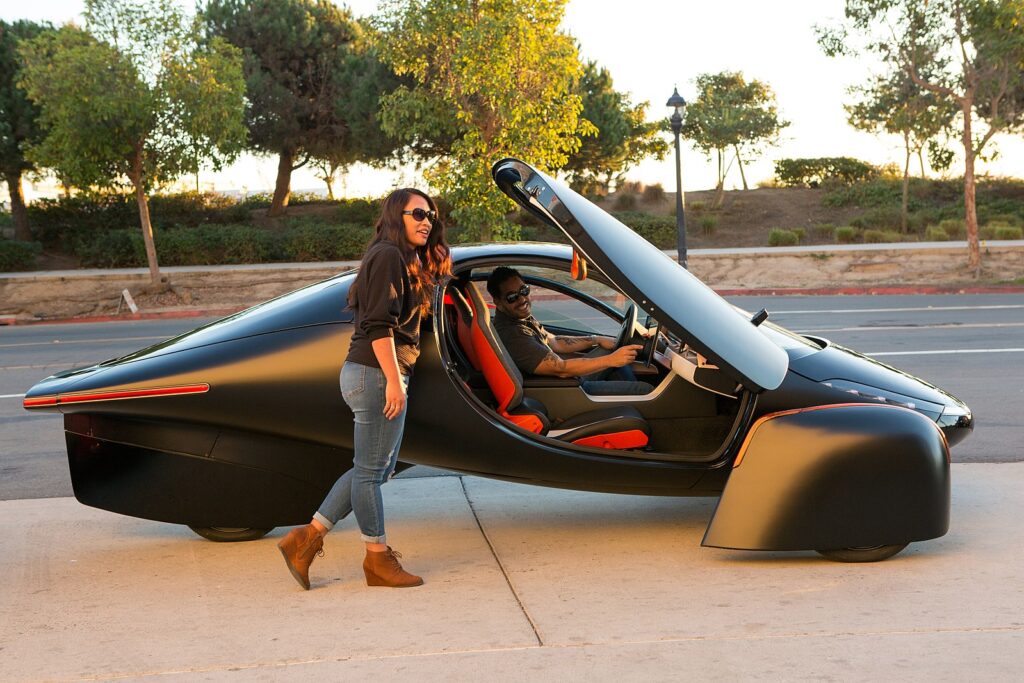
The Aptera Sol is a three-wheeled solar electric vehicle that touts extraordinary efficiency and a futuristic design. However, its unusual shape and three-wheel configuration have raised eyebrows and drawn criticism for looking more like a science project than a practical vehicle. While its design contributes to incredible aerodynamic efficiency, consumer feedback suggests that its appearance might be too unconventional for mainstream adoption, despite the intrigue surrounding its solar capabilities and impressive range.
Zotye Cloud 100

The Zotye Cloud 100, primarily marketed in China, is an affordable electric vehicle that has been criticized for its very basic and somewhat outdated design that mirrors older, entry-level gasoline cars. The car’s simplistic and utilitarian design lacks the flair and modern touches that many consumers expect from electric vehicles today. Customer reviews often mention the car’s affordability as a positive but note that the design does not make a statement or reflect modern electric vehicle trends.
Byton M-Byte
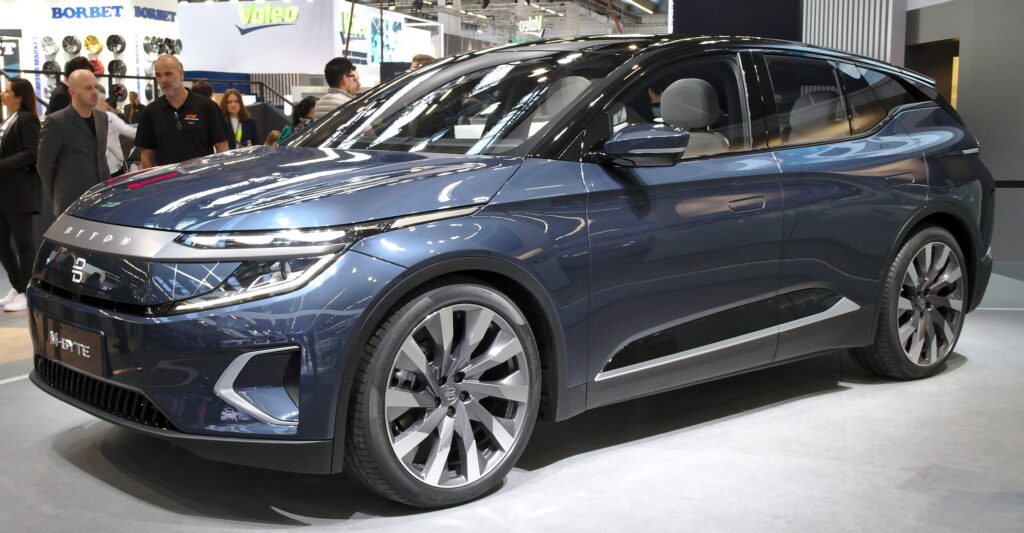
The Byton M-Byte is known for its massive 48-inch screen that spans the entire dashboard, a feature that has received mixed feedback in terms of design. While the interior tech features are celebrated, the exterior design of the M-Byte is often seen as nondescript and lacking personality, especially when compared to other electric SUVs in its class. The general feedback from potential customers suggests that while they are impressed by the interior technology, the external styling does not stand out in the rapidly evolving electric vehicle market.
This article originally appeared on MyCarMakesNoise.
More from MyCarMakesNoise
The Top 20 Bestselling American Cars in History
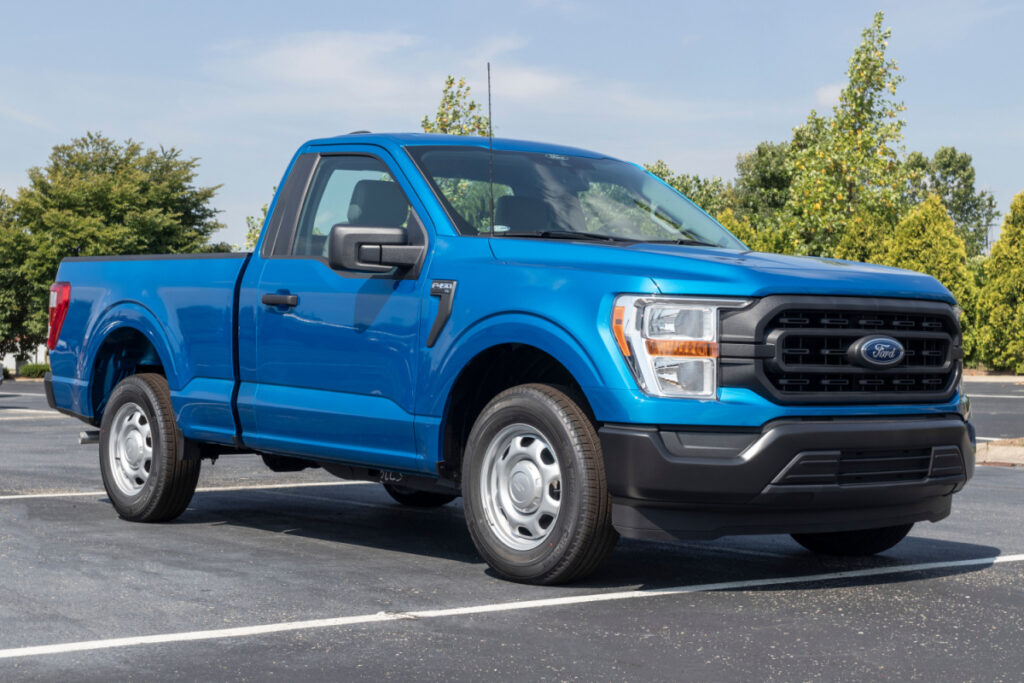
Throughout this journey, certain models have captured the hearts of consumers more than others, selling in astounding numbers and carving their names into automotive history. Read More.
The Best Midsize Truck Options You Can Buy

From hauling heavy loads to off-road escapades, mid-size pickup trucks are the versatile workhorses bridging the gap between larger, more cumbersome trucks and smaller, less capable vehicles. These trucks have rapidly grown in popularity, offering the perfect blend of utility, comfort, and performance. Read More.
Classic Cars That Illuminate with Pop-Up Headlights
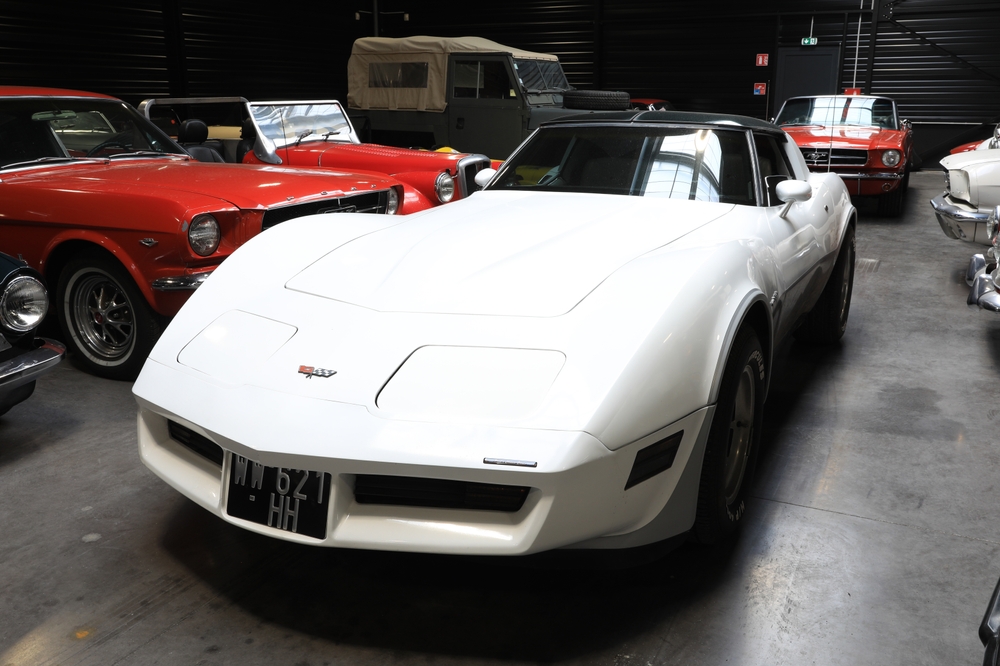
These iconic features not only served a functional purpose but became emblematic of automotive design during the late 20th century. Read More.

